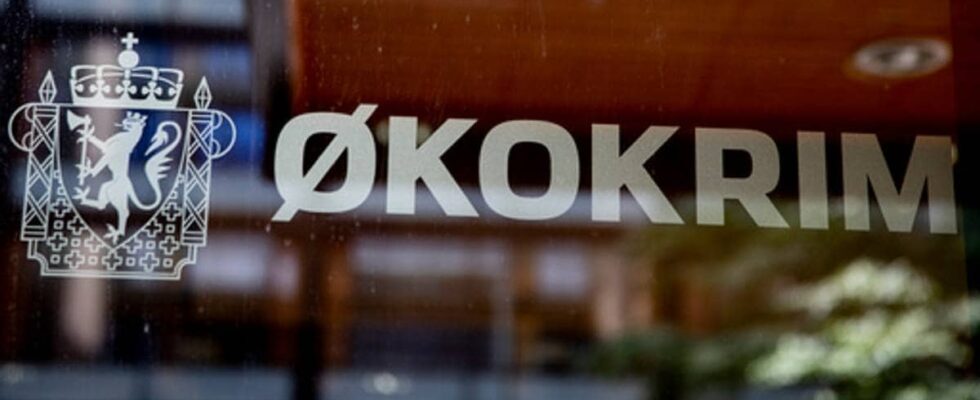– Økokrim has been aware of the case from an early stage, and has been in continuous contact with the Supervisory Authority for Legal Practices, says Økokrim boss Pål Lønseth in a press release. Økokrim writes that they will also involve resources from the South-West police district in the investigation. The suspicion is linked to extensive fraud in the Sandnes and Stavanger area which the lawyer is said to have been behind. Ecocrime chief Pål Lønseth. Photo: Jon P Petrusson / news For a number of years, the lawyer, who was previously a partner in the law firm Bull Årstad, got investors in the Stavanger region to lend money at up to 15 percent interest. The loans turned out not to be real and there were probably no borrowers. Deadline for reporting losses in six weeks Trustee, lawyer Flemming Karlsen, tells news that he expects claims right up until the deadline expires at the end of July. So far, close to NOK 600 million in losses have been reported from the lenders. Thore Johnsen, professor emeritus of finance at the Norwegian School of Economics (NHH) in Bergen, assumes that much of the money lent in reality involves a redistribution between the investors. – Those who got in first have probably been paid a good amount of return over several years, says the finance professor. – Similarities with the Madoff case Much of the investment amounts that continuously came in went to pay interest returns to those who were already in. At some point, several investors began to suspect that something was seriously wrong, and recently the bubble burst with a bang. The lawyer who was behind the giant fraud then chose to take his own life, something his family has been open about. NHH professor Thore Johnsen sees clear similarities with the Madoff case in the US 15 years ago. Photo: Marit Hommedal / NTB How can people be deceived, is the question many ask. Thore Johnsen draws parallels to the Madoff case 15 years ago on Wall Street in New York. The major investor Bernard Madoff promised investors a return of up to 12 percent a year, but it turned out that the returns were largely paid out of funds from new investors. – What was remarkable was the steady growth Madoff had in his investment capital, almost like a bank. This gave new investors confidence, perhaps more than the return itself. That’s why it took a long time before anyone suspected that it was all a scam, says Johnsen. He sees several similarities with the fraud in the Stavanger region. – Here there was also a man who enjoyed a high level of trust locally, he was both a lawyer and civil economist, and he gave guarantees via the law firm he was a partner in. Naive lenders? – But to be offered risk-free interest of up to 15 per cent. Shouldn’t the alarm bells have rung with the lenders? – The return was not necessarily too good to be true, since a supposedly serious lawyer and civil economist in a well-reputed law firm was behind it, he believes. As an example, the finance professor cites the investment company FundingPartner, which with low risk has given investors an average annual return of just under 10 percent. – This is an indication that 15 per cent is not sky-high. But I do not disregard the fact that some investors who entered the scheme in Stavanger had burned their fingers earlier, and that they therefore perhaps should have been more vigilant. Cracked three weeks ago Advokatfirmaet Selmer represents around 40 clients with total claims of more than NOK 300 million, while Haver Advokatfirma represents 30-35 clients with total claims of around NOK 250 million. Bård Ivar Koppang at Selmer tells news that the first clients made contact in the evening of 28 May. – When did you become aware of the scope? – The case has grown from day to day, where it will end we cannot speculate. – What happens next now? – Now it’s about getting a full overview of the case, and putting forward claims to those potentially responsible. We work broadly and along many work streams. According to Dagens Næringsliv, Gjensidige will be faced with demands to cover the loss to investors who represent NOK 550 million in the loan fraud. It has been shown that there are relatively low values in the estate of the deceased Stavanger lawyer, which may indicate that much of the loan capital has been used to service continuous return demands from the lenders. Published 18.06.2024, at 16.35 Updated 18.06.2024, at 17.17
ttn-69
Økokrim opens investigation into the loan scandal – news Rogaland – Local news, TV and radio

